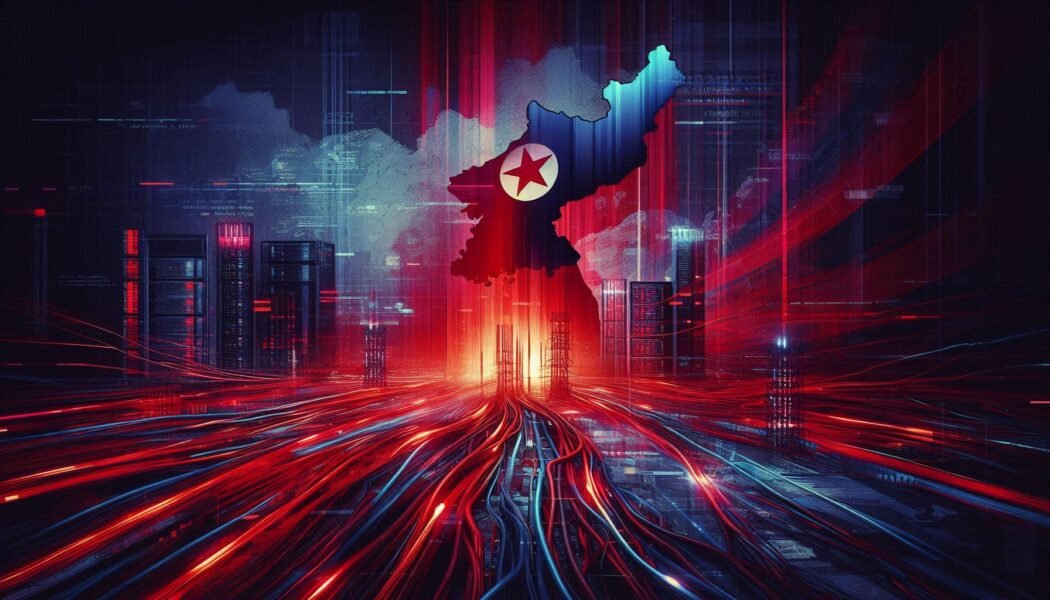North Korea recently experienced a significant nationwide internet disruption, raising speculation about potential cyberattacks or external interference. However, according to recent reports citing cyber intelligence researchers, the incident is likely the result of internal technical issues rather than a deliberate attack from abroad.
Internet Access in North Korea Goes Dark
Over the past week, access to North Korean internet services dropped sharply, with key domains going offline and the country’s limited internet infrastructure becoming almost entirely unreachable. Initially, concerns emerged that the outage may have been the result of a coordinated cyber operation or a foreign attack aimed at destabilizing critical infrastructure.
However, researchers from cybersecurity monitoring groups, including those analyzing Border Gateway Protocol (BGP) routes, reported no signs of external manipulation or data packet flooding — hallmarks of distributed denial-of-service (DDoS) attacks. Instead, the abrupt and sustained outages appear to have stemmed from routing misconfigurations or internal server errors within the country’s own restricted digital network.
FCRF x CERT-In Roll Out National Cyber Crisis Management Course to Prepare India’s Digital Defenders
Experts Point to Technical Glitch, Not Sabotage
North Korea’s internet is among the most tightly controlled in the world, with only a small fraction of the population having access. Most users within the country are connected to a state-controlled intranet, and only a handful of websites are accessible from outside.
Given these constraints, experts argue that even minor errors in internal systems or hardware failure can lead to large-scale visibility loss. Doug Madory, Director of Internet Analysis at Kentik, noted that while the blackout was unusual, it lacked the cyberattack signatures observed in previous international incidents.
No official statement has been released by Pyongyang regarding the outage. State media remains silent, and the country has neither confirmed nor denied a technical failure. The lack of transparency and closed digital architecture makes verification difficult, but analysts say there is no evidence to suggest any hostile cyber engagement.
The event underscores the fragility of digital infrastructure in isolated regimes and the challenges of distinguishing between cyber warfare and system failure in such contexts.
About the Author – Anirudh Mittal is a B.Sc. LL.B. (Hons.) student at National Forensic Sciences University, Gandhinagar, with a keen interest in corporate law and tech-driven legal change.


